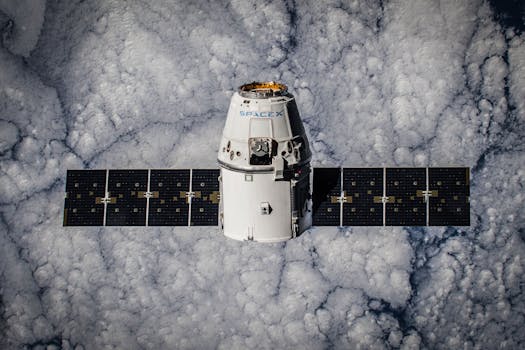
Future of Satellites: Introduction to the Next Generation of Space Technology
Future of Satellites is an exciting and rapidly evolving field, with new advancements and innovations in space technology emerging every year. The use of satellites has become an essential part of our daily lives, from providing communication services to navigating our way through unfamiliar territories. As technology continues to advance, the future of satellites is expected to play an even more significant role in shaping our world.
The Evolution of Satellite Technology
The first satellite, Sputnik, was launched in 1957, marking the beginning of the space age. Since then, satellite technology has undergone significant transformations, with improvements in design, materials, and functionality. The development of new satellite constellations, such as the Internet of Things (IoT) and 5G networks, is expected to further expand the capabilities of satellites. The future of satellites is likely to be characterized by smaller, more efficient, and cost-effective satellites that can provide a wide range of services, including communication, navigation, and Earth observation.
Advancements in Satellite Manufacturing and Launch
Recent advancements in satellite manufacturing and launch technology have made it possible to produce and deploy satellites at a faster rate and lower cost. The use of 3D printing and other advanced manufacturing techniques has enabled the production of smaller, more complex satellites. The development of reusable launch vehicles, such as the SpaceX Falcon 9, has also significantly reduced the cost of launching satellites into orbit. These advancements are expected to continue, enabling the deployment of even more satellites in the future.
Applications of Satellites in the Future
Satellites are expected to play a crucial role in a wide range of applications, including communication, navigation, Earth observation, and space exploration. The future of satellites is likely to be characterized by the development of new satellite constellations, such as the Amazon Kuiper Systems and the OneWeb constellation, which will provide global internet coverage and other services. Satellites will also be used to monitor the environment, track climate change, and provide early warnings for natural disasters.
Challenges and Opportunities in the Future of Satellites
Despite the many opportunities presented by the future of satellites, there are also several challenges that need to be addressed. The increasing number of satellites in orbit is raising concerns about space debris and the potential for collisions. The development of new regulations and standards for the use of satellites will be essential to ensure safe and responsible operations. The future of satellites also presents opportunities for international cooperation and collaboration, as countries and organizations work together to advance our understanding of space and promote the use of satellites for the benefit of humanity.






